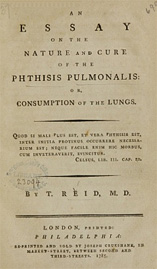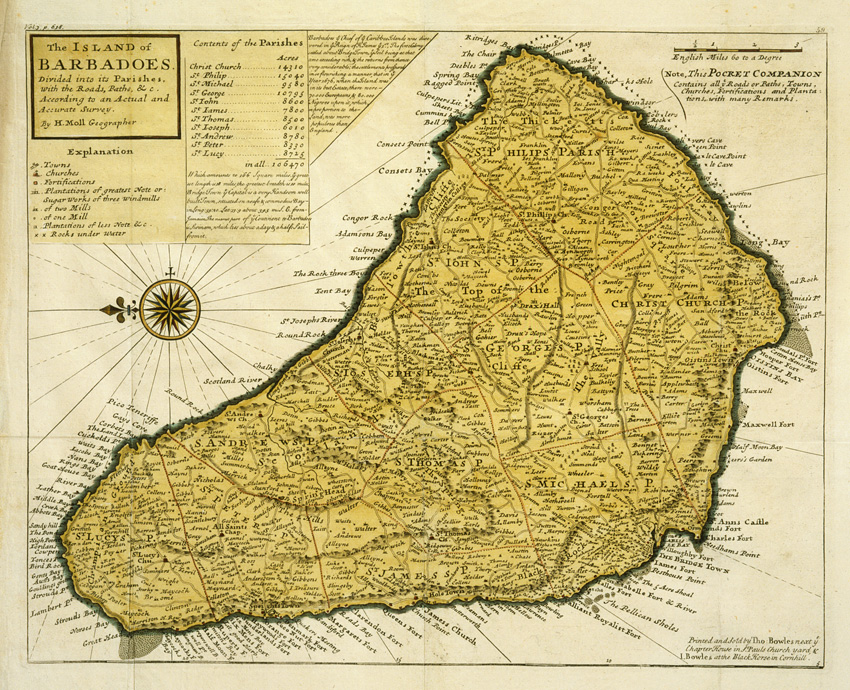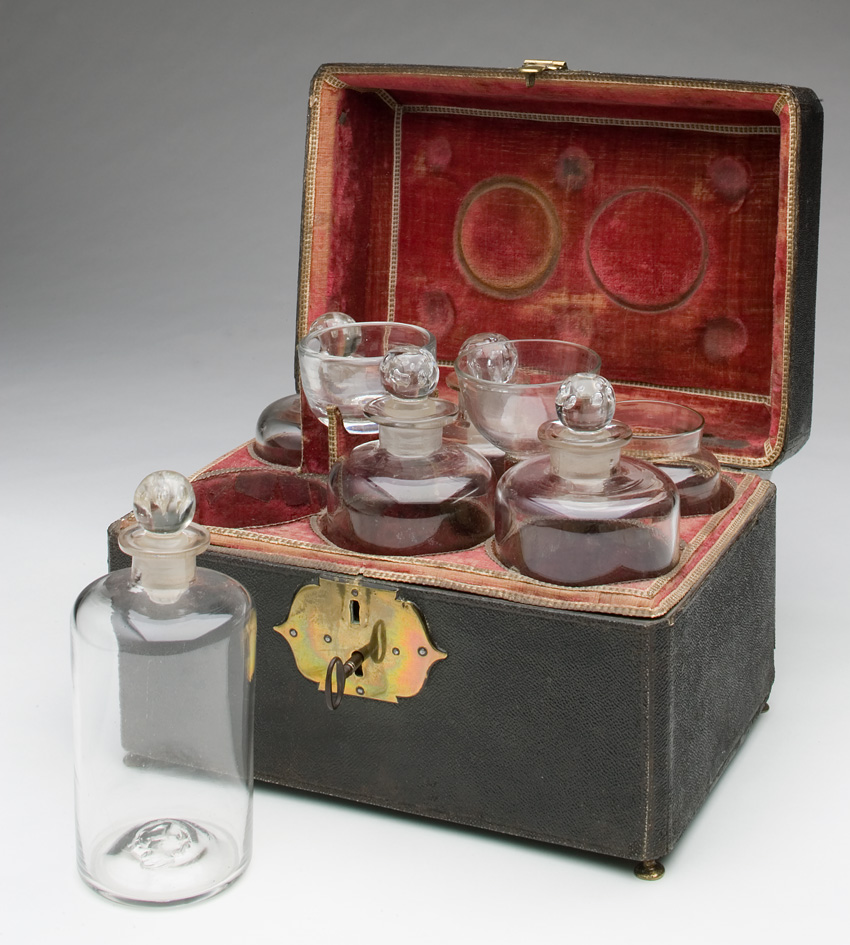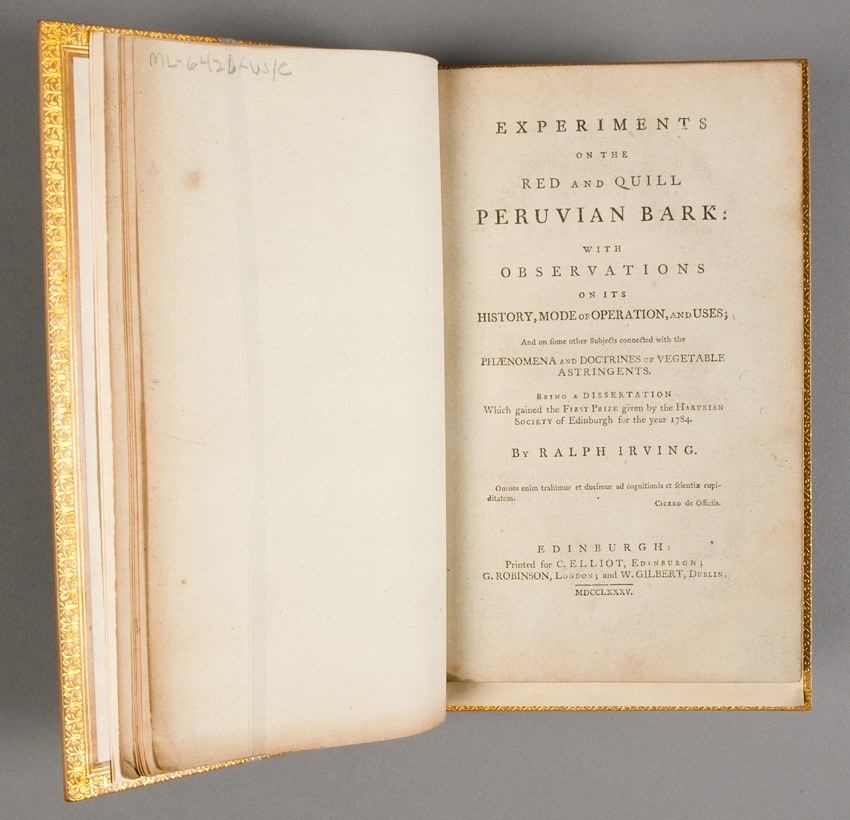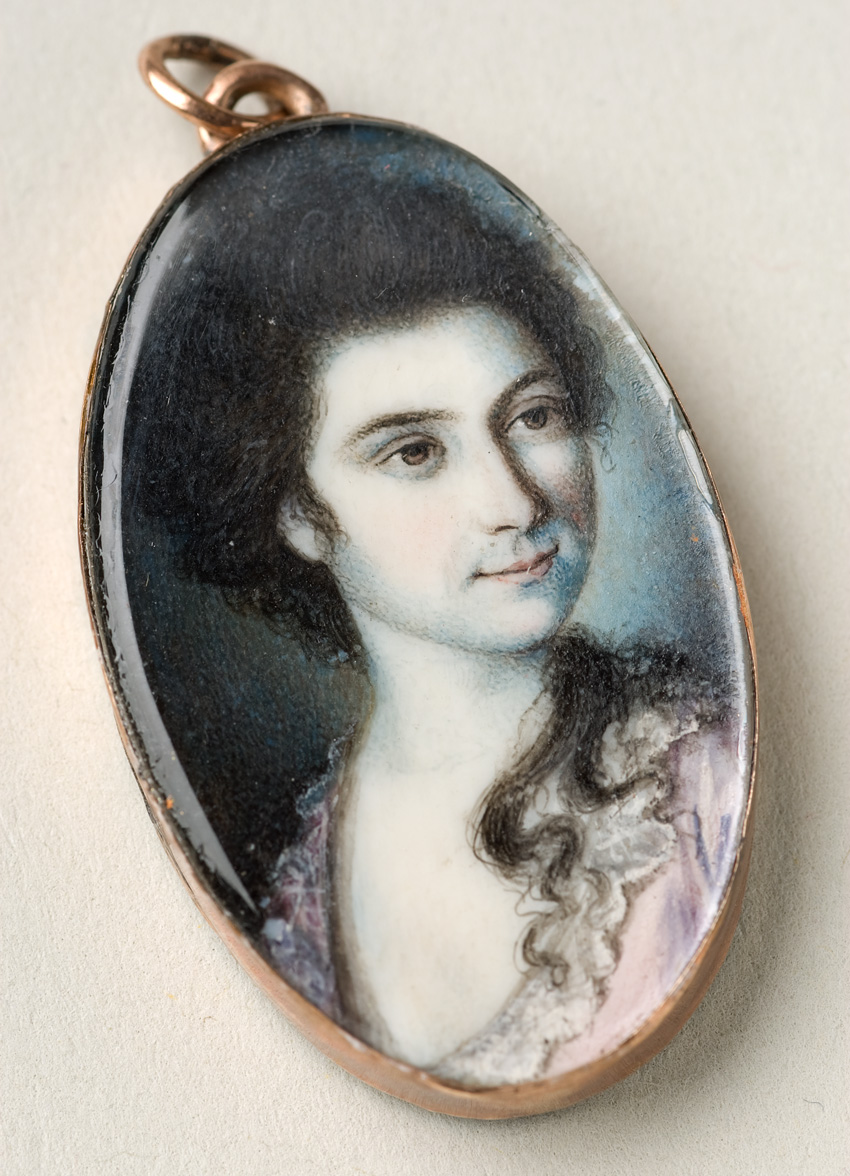Washington came from a large family, which included five siblings and four half-siblings. Like many other families during the 18th century, the Washingtons were plagued by fits, fevers, and agues, as well as suffering the loss of cherished relatives due to the high mortality rates of the era. In addition to stepchildren and step grandchildren, the general and commander in chief took on the care of orphaned nieces and nephews, for whom he felt a special sense of responsibility.
“Our Departed Friend…”
Above quote from a letter from George Washington to Frances Bassett Washington, February 24, 1793
George Washington and Family, Thomas Prichard Rossiter, 1858–1860
Courtesy Mount Vernon Ladies’ Association
In 1759, Washington married Martha Dandridge Custis, a young widow with two children. Although the couple never had children together, Washington raised his stepchildren and step grandchildren with all the tender care expected of a father.
Portrait of Lawrence Washington, ca. 1743
Courtesy Mount Vernon Ladies’ Association
As a teenager, George Washington watched as his eldest half-brother, Lawrence, suffered from tuberculosis—a deadly, infectious disease. The two visited Barbados in 1751, seeking a cure from the warm sea air. On this trip, George contracted smallpox, but survived, rendering him immune to the disease that would later threaten so many lives. Despite all efforts, Lawrence died the following year at the age of 34.
The Island of Barbados, Herman Moll, ca. 1735
Courtesy Mount Vernon Ladies’ Association
As a teenager, George Washington watched as his eldest half-brother, Lawrence, suffered from tuberculosis—a deadly, infectious disease. The two visited Barbados in 1751, seeking a cure from the warm sea air. On this trip, George contracted smallpox, but survived, rendering him immune to the disease that would later threaten so many lives. Despite all efforts, Lawrence died the following year at the age of 34.
Medicine chest, typically containing glass bottles of medicine for common disorders, a set of scales, and a mortar and pestle, 1700s
Courtesy Mount Vernon Ladies’ Association
George Washington and his family members bought a wide variety of patent medicines as well as ingredients for homemade medications, including ipecacuana, diascordium, tincture of myrrh, and spirits of lavender. Having these supplies on hand would have been useful for treating family members and slaves before a doctor was called.
George Washington’s copy of Experiments on the Red and Quill Peruvian Bark, Ralph Irving, 1785; Peruvian bark was used to treat malaria
Courtesy Mount Vernon Ladies’ Association
Washington himself was no stranger to illness. Despite appearing tall, strong, and robust, his ancestors were short-lived and prone to lung disease. He endured many of the ills of the period, such as fevers, infections, and breathing problems, but also survived at least ten serious illnesses, including anthrax, smallpox, and malaria, a common illness at Mount Vernon in the summer and early fall.
Miniature portrait of Martha Parke Custis, Charles Willson Peale, 1772
Courtesy Mount Vernon Ladies’ Association
Martha Parke Custis or “Patsy,” the surviving daughter of Martha Washington and her first husband, was 12 when she began showing symptoms of epilepsy. She experienced frequent seizures, sometimes as often as twice a day. The Washingtons consulted with at least six physicians and tried a variety of unsuccessful treatments, including mercurial and purging pills, special diets, iron rings, and trips to bathe in warm mineral springs. Patsy died suddenly during a seizure in 1773, at the age of 17.
Bathing gown, probably worn by Martha Washington while she and Patsy took the waters at Warm Springs in Frederick County, Virginia, 1760s
Courtesy Mount Vernon Ladies’ Association
Martha Parke Custis or “Patsy,” the surviving daughter of Martha Washington and her first husband, was 12 when she began showing symptoms of epilepsy. She experienced frequent seizures, sometimes as often as twice a day. The Washingtons consulted with at least six physicians and tried a variety of unsuccessful treatments, including mercurial and purging pills, special diets, iron rings, and trips to bathe in warm mineral springs. Patsy died suddenly during a seizure in 1773, at the age of 17.



